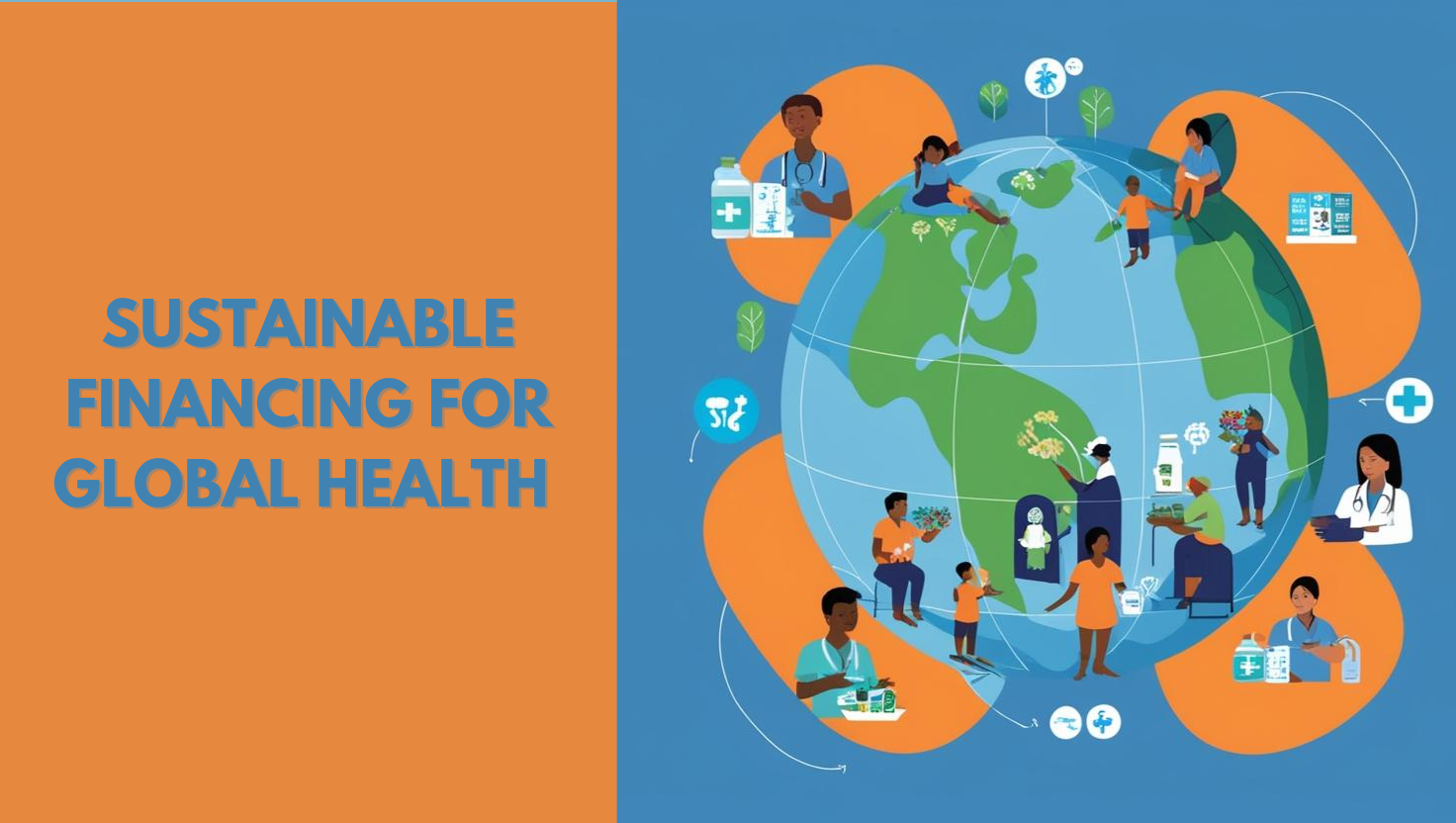Global health initiatives continue to face significant funding challenges, particularly in low- and middle-income countries (LMICs) where resources are often limited. Traditional donor-dependent models are proving unsustainable, making the case for innovative financing solutions that deliver long-term impact and scalability.
A New Era of Sustainable Impact
Innovative approaches such as Triple I for Global Health (tripleiforgh.org)—focused on Integration, Innovation, and Impact—are reshaping the way global health initiatives are financed and implemented. This framework emphasizes:
- Integration: Aligning public, private, and philanthropic stakeholders to pool resources and expertise to drive efficiency.
- Innovation: Supporting solutions such as digital health platforms, AI-driven diagnostics, and scalable healthcare delivery models to improve access to care.
- Impact: Ensuring measurable, data-driven outcomes that directly improve lives, such as reducing maternal mortality or expanding vaccine access in underserved communities.
At the Core: Social Investment Funds (SIFs)
At the heart of such initiatives are #Social Investment Funds (SIFs), which play a transformative role in financing sustainable health programs. These funds - such as the Global Health Investment Fund (GHIF) or LeapFrog Investments - combine social impact with financial returns by investing in scalable, market-driven health solutions and have emerged as a powerful tool to address pressing global health challenges.
For example:
- GHIF has accelerated access to life-saving technologies, including diagnostics and vaccines.
- Triple I fosters impactful public-private partnerships, driving integrated, sustainable solutions.
How Social Investment Funds Work:
- Pooling Capital: Aggregating investments from diverse stakeholders—governments, NGOs, corporations, and private investors.
- Deploying Funds: Investing in initiatives with clear business models, such as affordable healthcare services or telemedicine platforms.
- Monitoring Outcomes: Ensuring investments are tied to measurable health outcomes for transparency and accountability.
- Generating Returns: Reinvesting financial returns into the fund or distributing them to investors.
Key Benefits of SIFs:
- Promoting Sustainability: Funds like these create a virtuous cycle by reinvesting returns into new health initiatives.
- Fostering Collaboration: They bring together governments, corporations, and philanthropies to co-create solutions.
- Encouraging Innovation: By taking calculated risks, they unlock groundbreaking healthcare models for low- and middle-income countries.
- Ensuring Accountability: SIFs often require robust monitoring and evaluation, ensuring funds are used efficiently and effectively.
As we navigate pressing global health challenges—such as climate-related diseases, mental health, and equitable access to care—the question remains:
How can we scale innovative financing models to meet urgent priorities and maximize impact?
I would love to hear your thoughts, experiences, or examples of successful models. Let’s explore how initiatives such as Triple I for Global Health and Social Investment Funds can transform the future of global health!


Comments ()